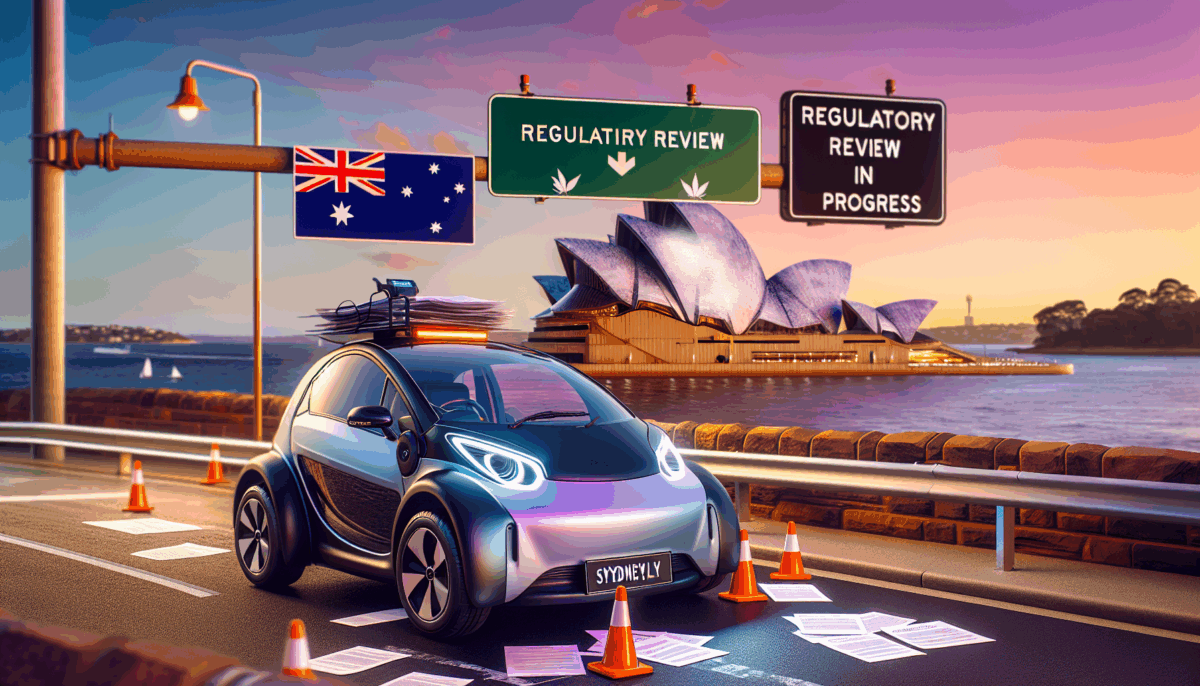Tesla’s Daring Step: Text Messaging While Driving Function Undergoes Regulatory Review in Australia
We independently review everything we recommend. When you buy through our links, we may earn a commission which is paid directly to our Australia-based writers, editors, and support staff. Thank you for your support!


Brief Overview
- Tesla’s Full Self-Driving (FSD) technology could soon permit texting while driving.
- This capability encounters legal and regulatory obstacles in Australia.
- Handheld mobile phone usage while driving is currently prohibited by Australian law.
- Severe penalties and demerit points are enforced for infractions in Australia.
- Tesla may have to take on liability for accidents that occur with FSD activated.
- AI-enhanced surveillance cameras are utilized in Australia to enforce mobile usage laws.
Tesla’s Ambitious Plans: Texting and Driving
Elon Musk, famous for his bold declarations, recently stated at the 2025 Tesla Shareholder Meeting that Tesla’s Full Self-Driving (FSD) technology might soon permit drivers to “text and drive” safely in the near future. This announcement has ignited considerable discussion and regulatory examination, particularly in countries like Australia, where mobile phone use while driving is heavily regulated.
Legal Challenges in Australia
Australia’s traffic safety laws are strict, making handheld mobile phone use while driving illegal throughout the nation. This encompasses all forms of texting, scrolling through social media, or even holding the device while stopped at lights. The legal consequences of Tesla’s upcoming FSD features are substantial, as this technology challenges established laws meant to maintain road safety.
Existing Laws and Consequences
In Australia, drivers with valid licenses must follow rigorous regulations that ban most mobile phone usage. Violating these rules can lead to significant fines and demerit points that vary across states. For example, in New South Wales, fines can be as high as A$562 in school zones, along with five demerit points. Repeat offenders face potential license revocation and increased insurance costs, highlighting the necessity of these protective measures.
Technology’s Role in Enforcement
To address unlawful mobile phone usage, Australian states such as NSW, VIC, and QLD utilize AI-powered detection systems to observe drivers. These technologies capture and analyze images for violations, resulting in infringement notices being sent by mail. This automated enforcement supports immediate fines enforced by law enforcement, thereby improving road safety.
Concerns Over Insurance and Liability
Should Tesla move forward with its FSD feature, the company might have to accept liability for accidents that happen while the software is in use. Tesla already provides its own insurance offerings in select areas, possibly leveraging data to assess fault. However, third-party insurance providers may reject claims against Tesla unless there is an official admission of liability, leaving drivers at risk of lacking coverage during incidents.
Conclusion
Tesla’s ambitious initiative to integrate a texting capability via its Full Self-Driving technology faces major regulatory and legal barriers in Australia. While the innovation promises improved safety, it contradicts existing laws meant to minimize distractions while driving. As this discussion progresses, Tesla and regulatory agencies will need to navigate these intricacies to ensure the safety of drivers and compliance with legal standards.
